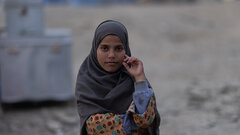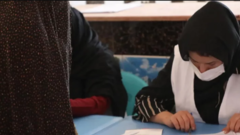The 2024 Global Humanitarian Overview (GHO) requires $48.65 billion to assist 186.5 million people in need across 71 countries through 43 coordinated response plans.
As of end July 2024, reported GHO funding amounts to $12.26 billion or 11 per cent less than last year ($13.8 billion) at the same time. The gap between the financial requirements and funding currently stands at more than $36 billion.
Appeals are funded on average at 25 per cent, which is the same percentage as at the end of July 2023, despite lower absolute funding figures. More than half of the plans are funded below the global average, many significantly less. For more details on amount and coverage by plan, see charts on page 3.
Total reported humanitarian funding has reached $16.39 billion, which is a decrease of 12 per cent compared to what was recorded last year at the same time ($18.46 billion).
Timely reporting of humanitarian contributions from donors and recipients is crucial to provide reliable and complete data for trend analysis. All partners are encouraged to report funding to the Financial Tracking Service (fts@un.org).
New appeals
Close to 13 million people across 30 per cent of the country of Bangladesh have been affected by three subsequent climate emergencies this year. An appeal for the impact of Cyclone Remal and subsequent devastating floods in the north-eastern regions of Bangladesh was launched on 14 July. The plan requires $79.8 million to assist 1.2 million people of the 2.7 million people in need.
Hurricane Beryl hit Saint Vincent and the Grenadines and Grenada on 1 July as a Category 4 hurricane, increasing to a Category 5 thereafter. Two flash appeals were issued in support of government and Caribbean Disaster Emergency Management Agency (CDEMA) response efforts. An estimated $9 million is urgently required to assist 43,000 people in need.




